DIGITAL SOLUTIONS FOR IMPLANT DENTISTRY
Digital dentistry has revolutionized our profession, enabling clinicians to provide faster, better and more affordable high-end dentistry. In fact, if you are doing implants without taking advantage of today’s digital technology, you’re missing out on the ability to improve your diagnosis, treatment planning, implant placement and more. For your implant dentistry work, digital solutions can have an especially big impact on your scans, surgical guides and workflow.
Intraoral scanning is a game changer
The starting point for implant dentistry used to be a physical impression. Today Dr. Isaac Tawil, a practising dentist in Brooklyn, New York who is the founder of Advanced Implant Education and one of the foremost experts on dental implants worldwide, has replaced traditional impressions with intraoral scans. As he explains, intraoral scanning is a game changer in many ways, including…
- Image accuracy – Intraoral scanners let you capture things that you cannot capture with a two-dimensional picture. It also eliminates some of the common problems you may have experienced with traditional impression trays, such as dealing with the tissue that’s always trying to creep back over, thereby causing you to lose a lot of the sulcus that you were trying to capture around the implant. “The reality is,” explains Dr. Tawil,” you can just unscrew a healing cap and simply capture with the ‘magic wand,’ we literally can capture it like magic, instantaneously, and get all the little nooks and crannies that we want to capture. If we find an area that we didn’t capture well, we can erase it and recapture that area.”
- Patient communication – “It’s been truly revolutionary,” Dr. Tawil declares, “because, at a 30-second scan time, we can capture an arch. Then we can have a meaningful conversation with the patient and highlight what the patient may need, in detail. Not just from a two-dimensional X-ray that the patient can’t understand, or even a three-dimensional X-ray like a CBCT that the patient can’t understand. But they certainly can understand looking at the mouth” and seeing things such as the fractured cuffs and leaky margins on fillings that this technology captures so well.
- Patient comfort – “One of the things that patients can’t stand,” Dr. Tawil points out, “is having the gook in their mouth from impression material.” Intraoral scanners eliminate that.
- Records access – If you use a web-based system, you can access your digital scans from anywhere. “I could be travelling,” Dr. Tawil says, “and I can log in, see that patient’s tooth that we’re talking about, see their scans, see the teeth in 3D and even make a plan for that tooth, whether it’s going to be on software or it’s going to be to do guided surgery. It is remarkable what we can actually have at the palm of our hands.”
- Faster process – Some of the newer scan bodies, such as Shining3D Dental’s Aoralscan 3, enable full arch dentistry with full arch scanning. This means you can now go from impression to final with just a couple of patient visits instead of the seven to eight visits required when you don’t use digital technology. This reduces chair time for you and makes the process much more convenient for your patients.
3D-printed surgical guides provide control
“One of the things I really like to do,” shares Dr. Tawil, “is print 3D surgical guides, so I can perform my implant therapy under a controlled environment. Sometimes, my cases are under sedation and the patient may move around. It’s nice to have control using a surgical guide where we can get as close to a perfect position of where our original plan was to put those implants.”
A digital workflow simplifies your processes
Here is the workflow that Dr. Tawil follows:
- 1. Scan the mouth using your intraoral scanner.
- 2. Create your plan, including designing the teeth.
- 3. Print a surgical guide.
- 4. Place the implants.
- 5. Re-scan the mouth.
- 6. Compare the new scan to the original scan. Import your design and align it with where the current implants are.
- 7. Fabricate the teeth using your desktop 3D printer.
With this approach, Dr. Tawil says, “We have much nicer anatomy because we don’t have to grind down so much on the occlusion. We have very nice prosthetics, because the resin in the 3D printer has gotten dramatically better, and the curing process has gotten dramatically better.”
Regarding that curing process, Dr. Tawil points out, “We have all different types of curing machines these days, including pressure cures that are cured not just with light but with pressure. And that enhances the strength of our restorations. And more recently, we’ve been introduced to what we would like to say are printed final crowns. There are now resin ceramics and resin-beaded crowns that we can utilize as a final restoration.”
Getting the right intraoral scanner is important
Because everything starts with the scan, it is important to know what to look for when buying a scanner. Dr. Tawil’s advice is that you look for a scanner that…
- Can accurately capture everything on an arch. This will ensure that your restorations fit well.
- Enables the use of artificial intelligence to block out the lip and cheek, and to automatically erase the tongue if it gets captured on the image.
- Can scan metal. “Most of our patients presenting for implant therapy,” Dr. Tawil acknowledges, “are going to have a lot of metal in their mouth. We need that intraoral scan, to merge it with the CBCT data, so that we can make accurate diagnoses.”
- Provide instantaneous tracking. For example, say you are scanning the right side of the mouth and then move to the left side of the mouth. If you then want to jump back to the right because you see something that you missed, you don’t want to have to wait 30 seconds for the scanner to try to find it.
- Is affordable. “The newest one that we’re using,” Dr. Tawil shares,” is the Shining 3D Aoralscan 3 Wireless has amazing tracking ability. And it’s one of the most affordable scanners I’ve ever used, really putting the stress on the competition to lower their pricing. When I compare ‘apples to apples,’ I am thrilled with it! So, to me now in today’s market, there’s no excuse for a dentist not to be able to afford to have these digital technologies if they do desire to.”
One thing that you might wonder is if you must purchase your intraoral scanner, 3D printer and workflow software from the same company. The answer, according to Dr. Tawil, is no. Everything should be open source.
Conclusion
The bottom line is that digital solutions have a lot to offer in the field of implant dentistry. If you have not yet looked into this, now’s a good time to do so!
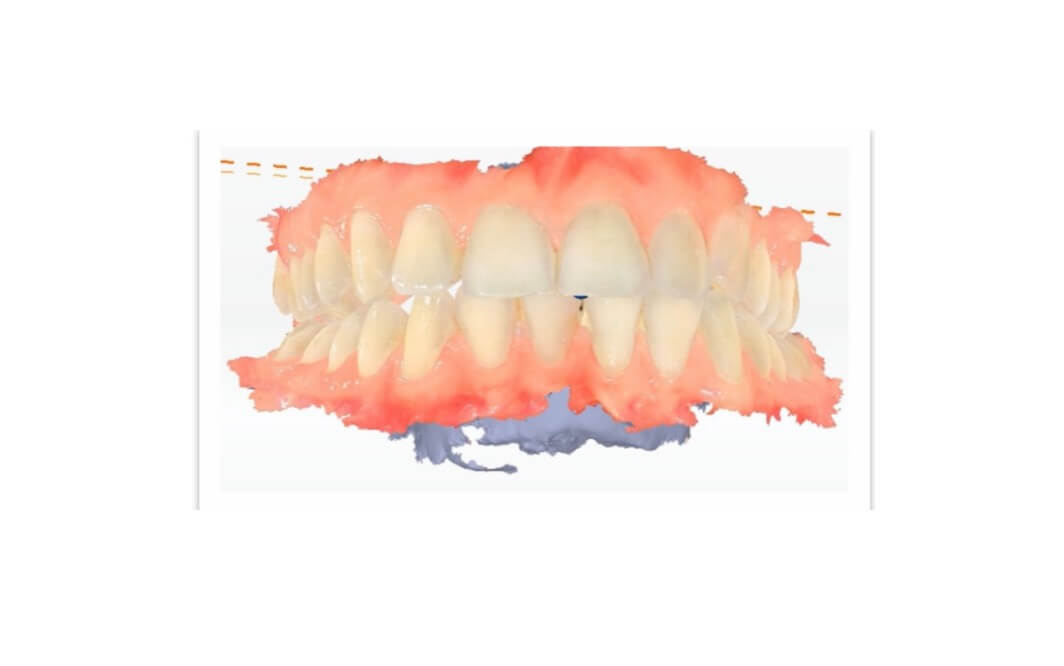

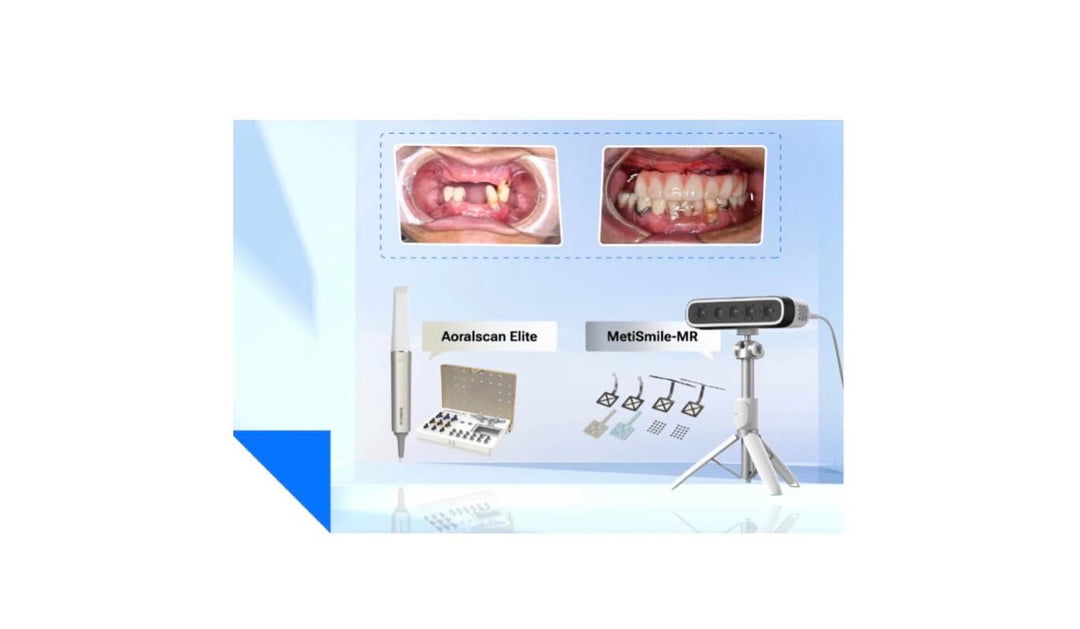
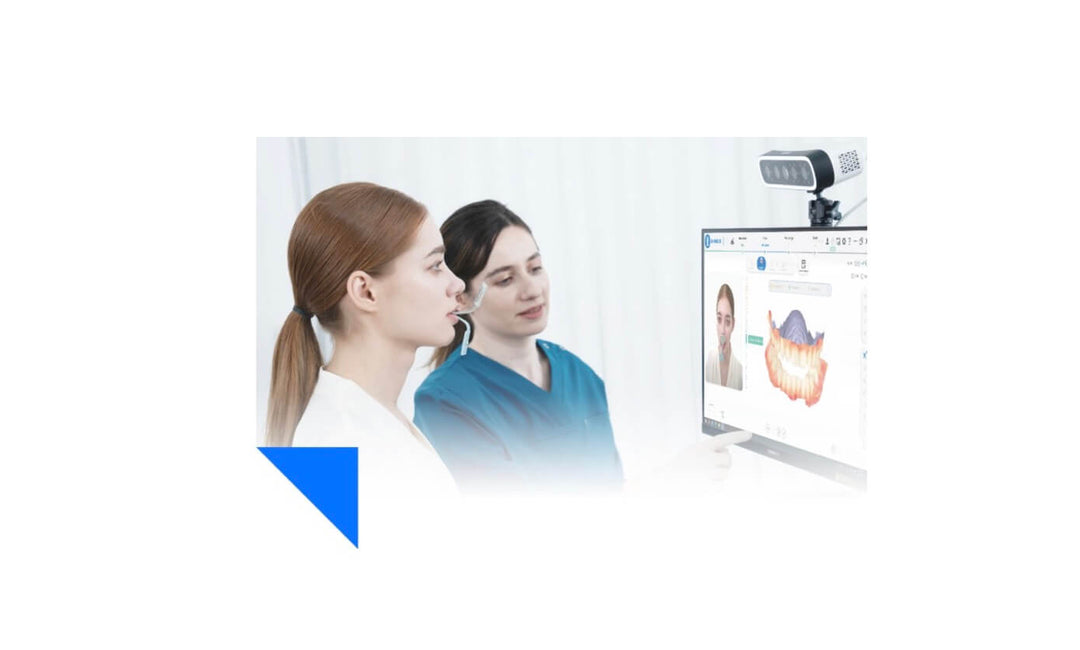
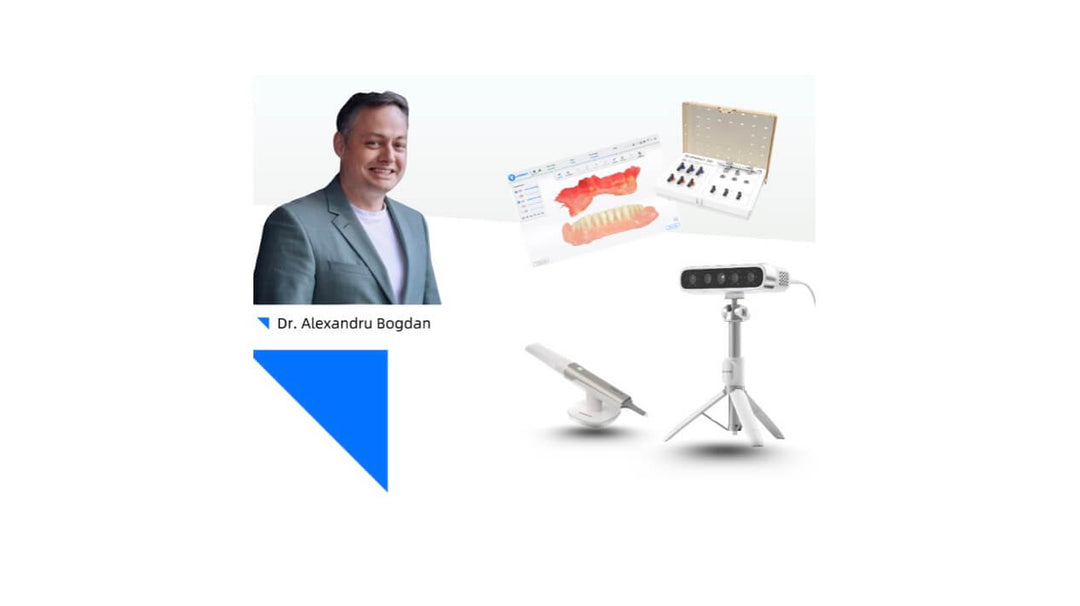


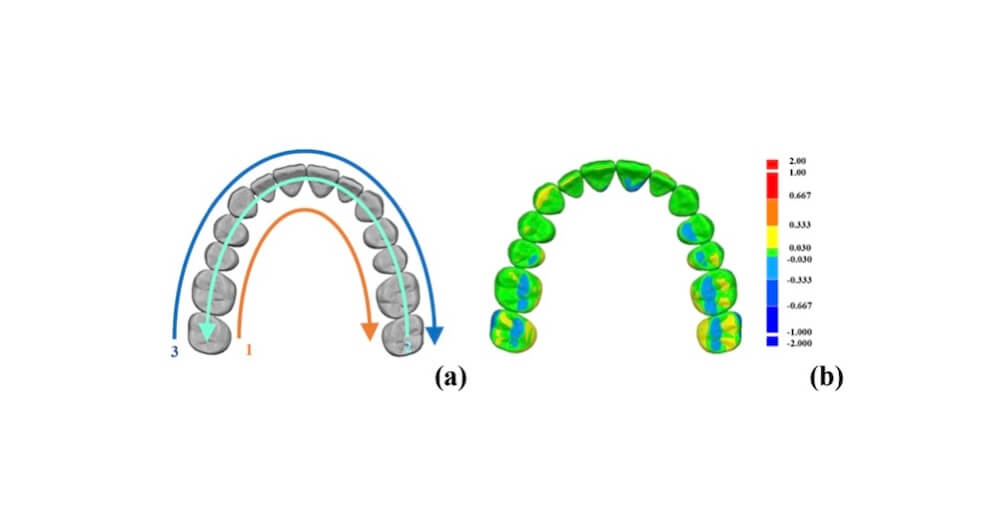
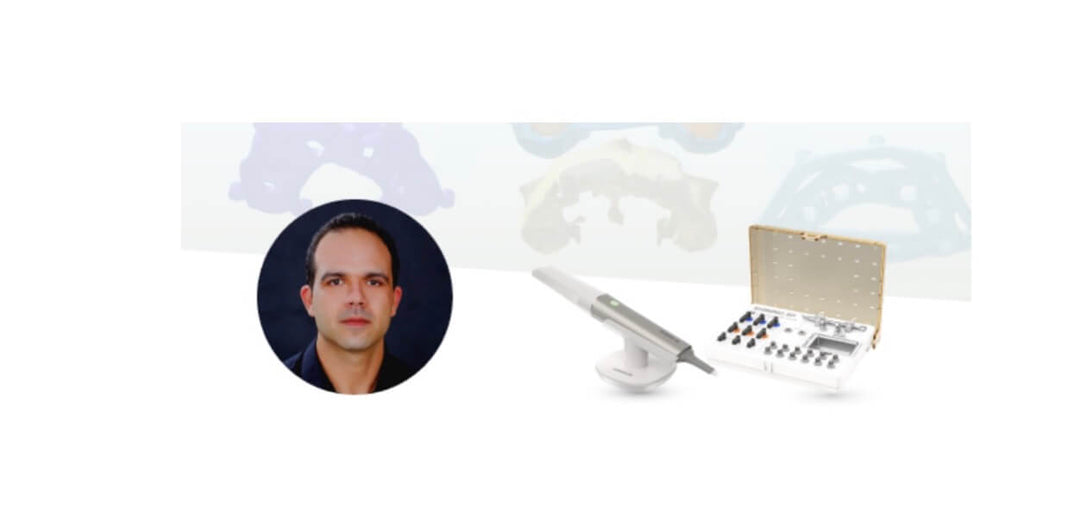
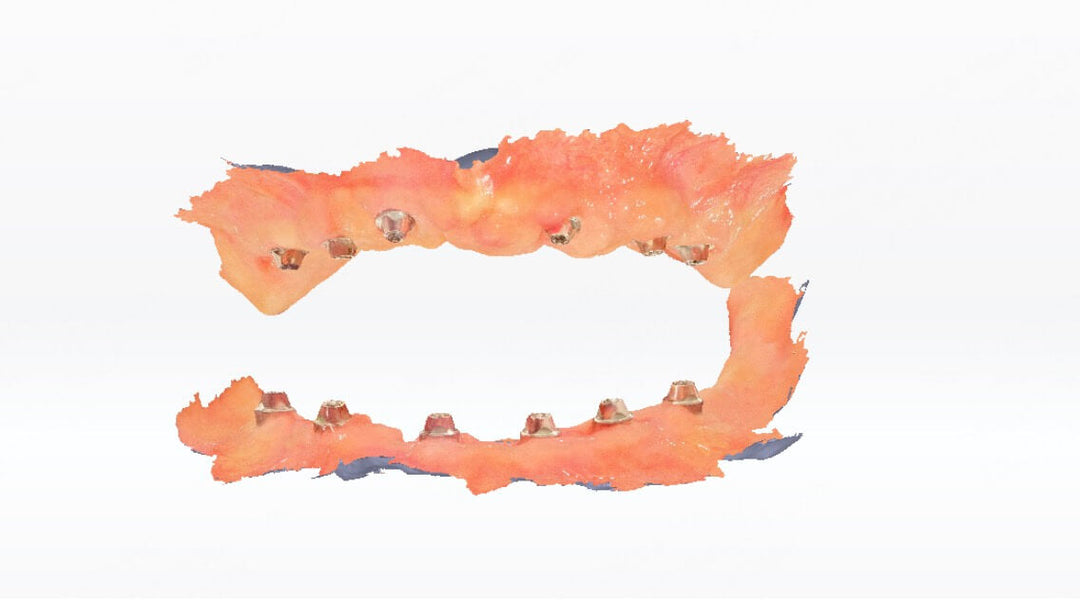

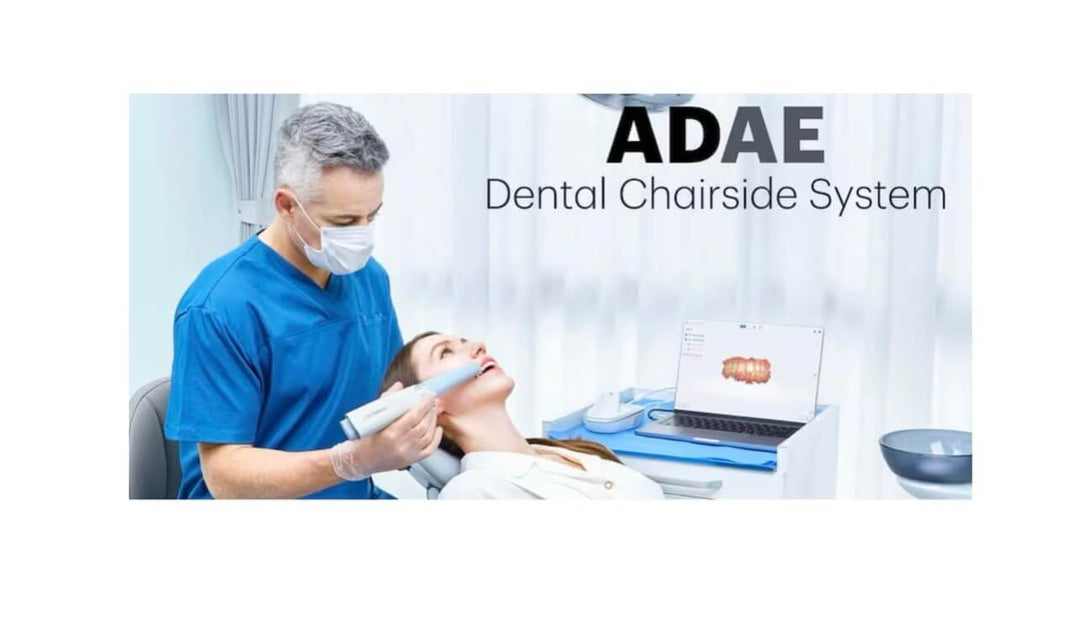
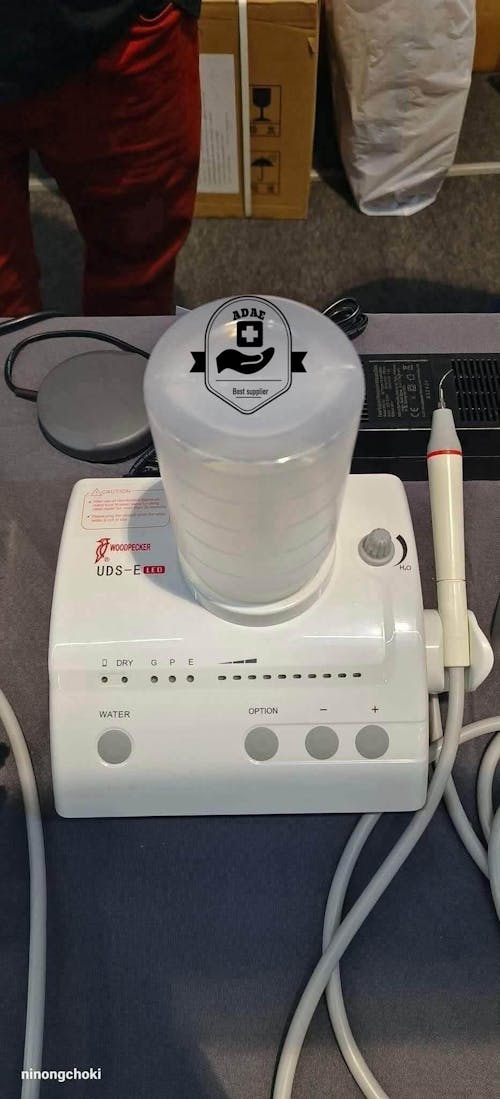
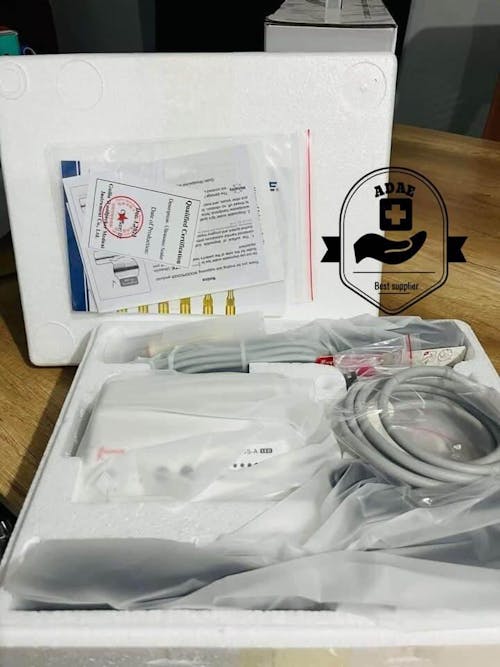
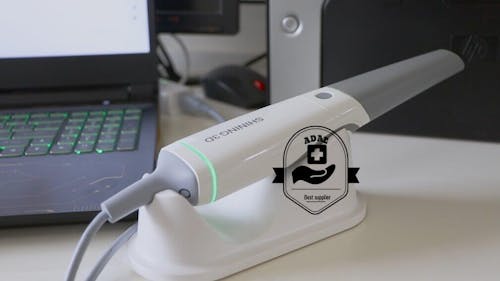
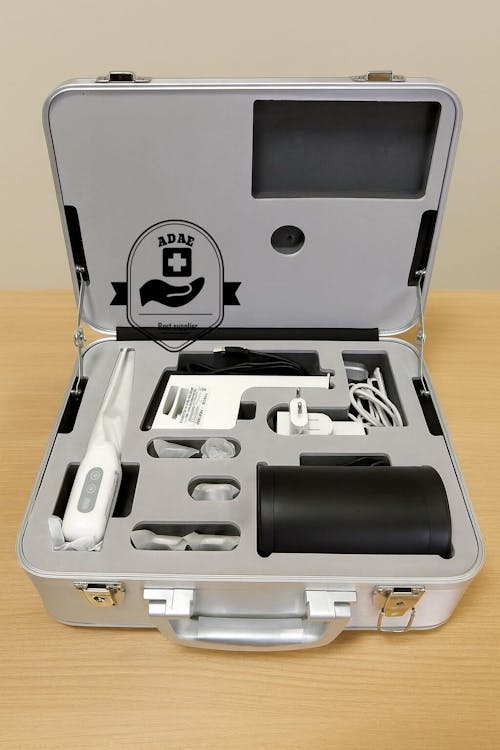




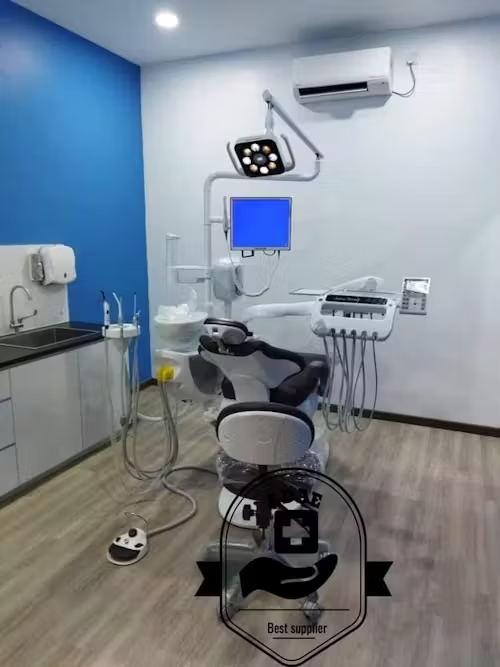
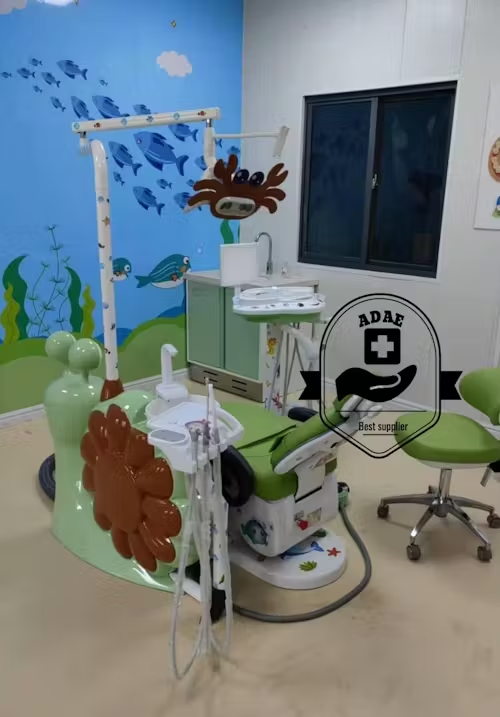
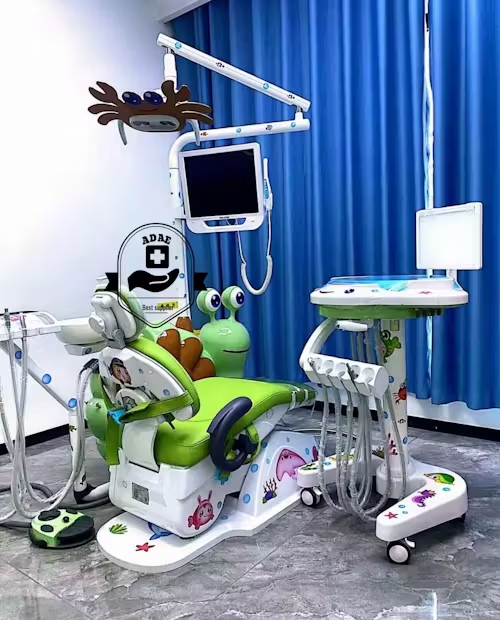


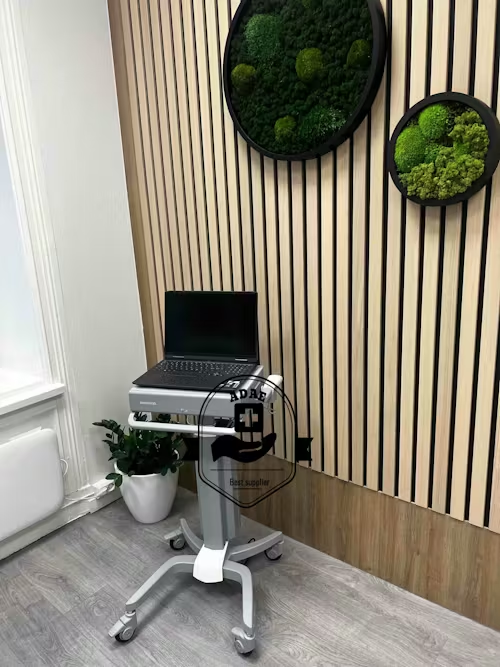
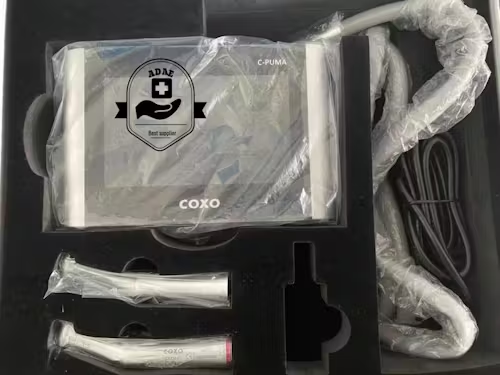
Leave a comment